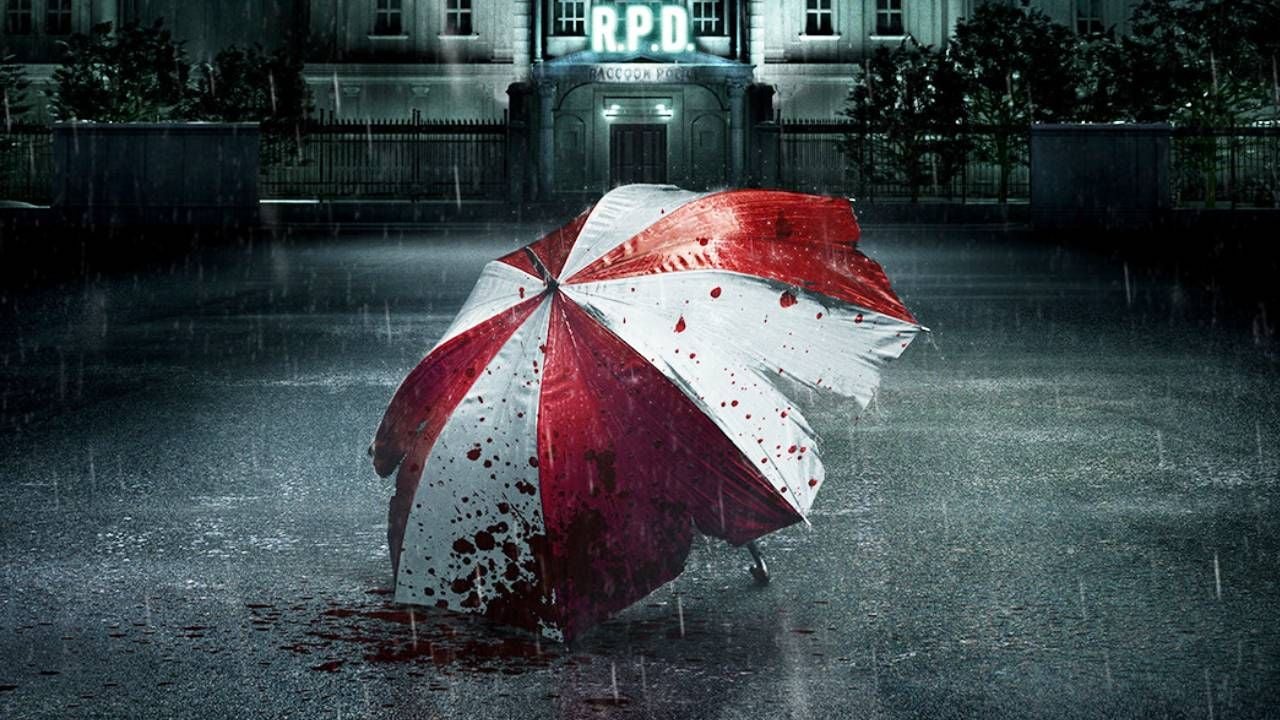The CNSeg data are optimistic for the sector in the current year; specialist Cintia Batistim Silva analyzes the scenario
CNSeg projections indicate that the insurance sector in Brazil is expected to experience double-digit growth in Brazil in 2023. According to a study by the institution, growth is expected to reach around 10%, which considers a GDP growth of around 2, 2%, higher than central Bank projections for 2023, around 0.8%. The projections take into account the approval of the Transition PEC.
Sector data indicate that growth in 2022 reached 16.2%, high numbers in still pandemic times in Brazil. According to Susep, last year the highlight was the automotive and rural sector, with a growth of 33% compared to the previous year.
Cintia Batistim Silva, specialist on the subject, comments on the prospects of the segment from her point of view. For her, the outlook is positive for the segment in 2023.
How do you see the expectations for the insurance sector at the beginning of the year?
The performance of the auto insurance industry is directly linked to vehicle sales and the economic situation. According to the CNSEG, growth prospects are 10%, considering a forecast of GDP growth, increase in family income (with social programmes), increase in public investments and, consequently, in economic activity. So positive.
Why is there optimism for this segment?
Albeit timid, there are projections of growth in economic indicators as well as growth in motor vehicle sales (5% Anfavea projection), to which the sale of car insurance is directly linked. Since today, in the Brazilian market, there is a significant uninsured fleet which, in part, is due to the lack of financial capacity to pay the insurance, the impact of the increase in economic activity and family income contributes, and a lot, to the expansion of the potential insurance market and its actual sales.
According to Serasa, the SELIC interest rate projection remains down from 2022, still in 2-digits, but lower. A lower interest rate translates into a greater supply of credit, which, in turn, heats up the vehicle sales market.
How can the uncertainties on the Brazilian economic scenario affect this confidence in the sector?
In the same way that, based on the projections and bets of the new government, double-digit growth is expected, the failure to implement job generation, social income, investment scenarios has a direct impact and causes a revision of numbers.
The projected falling interest rate allows you to buy or trade in vehicles and consequently offer insurance, so if this does not materialise, it will result in less credit being available and, therefore, fewer people with access to credit to enable the vehicle acquire.
For the Brazilian market, with the exit of some car manufacturers and the sale of imported cars and motorcycles, the fluctuation of the exchange rate can be another important point of impact, which affects the final value of the vehicles and their availability for purchase .
In January, according to the IMF, a positive outlook can already be observed, with a projected GDP increase of 0.2 and vehicle sales of almost 12% compared to January 22, according to Fenabrave.
Source: Terra
Rose James is a Gossipify movie and series reviewer known for her in-depth analysis and unique perspective on the latest releases. With a background in film studies, she provides engaging and informative reviews, and keeps readers up to date with industry trends and emerging talents.







